Not every qualitatively demanding, high-fidelity application requires mountains of devices and cable entanglements for dizzying purchase sums. For clear and yet versatile setups, various manufacturers now provide strongly integrated solutions in very down-to-earth price regions. For example Argon Audio: With the network player Solo (250 euros), the Danes offer a compact and sensibly equipped “cigar box” for ambitious streaming beginners and climbers.
Of course, it can also be even more minimalist: With the Argon Audio Forte A5 (500 euros) I tested a good year and a half ago, for example, you basically already have a complete hi-fi system at hand. The active compact loudspeakers with integrated D/A converter offer Bluetooth, an optical input as well as an RCA line and phono MM input. In addition, a subwoofer output delivers subsonic signals to an external bass specialist. Anyone who has read my report on the small all-rounders will perhaps even remember that the A5 stayed with me after the test and have been part of my permanent work equipment ever since.
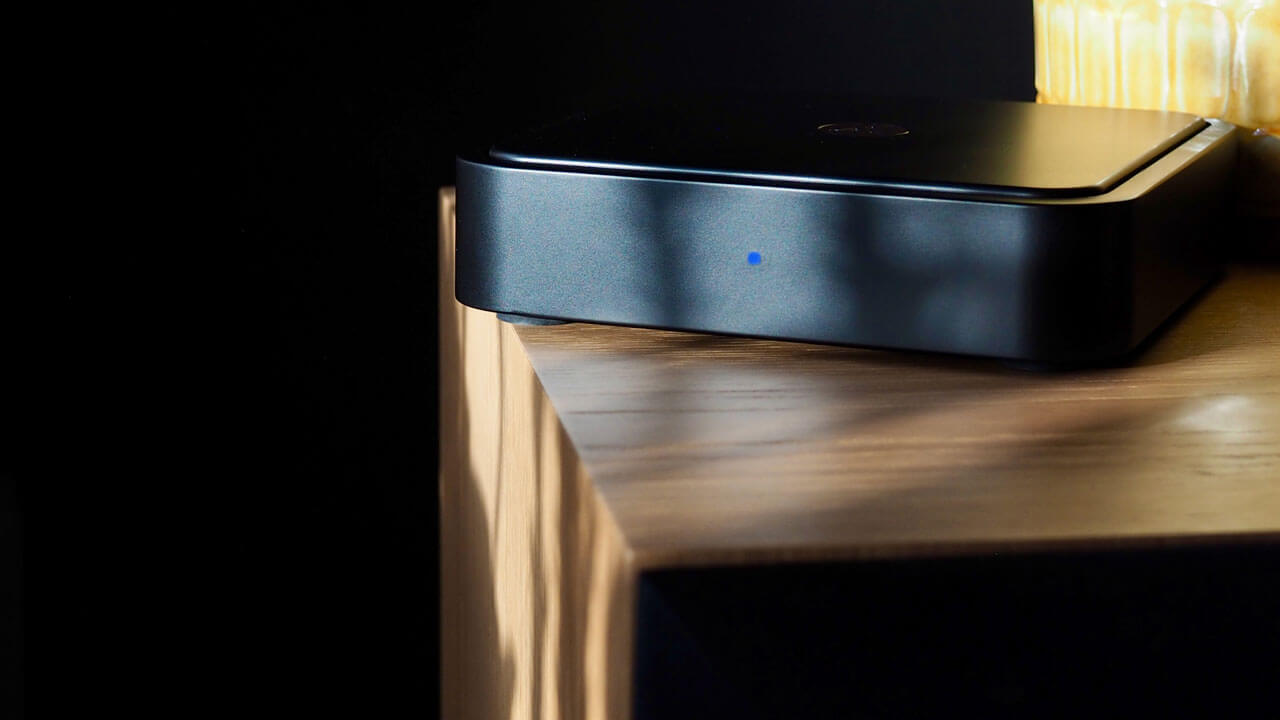
However, the Argon Audio Solo still has the option of streaming in high resolution from the home network and possibly even becoming part of a multi-room system. Measuring just under 15 by 15 centimeters and not even four centimeters high, the network player specializes exclusively in streaming and D/A conversion.
Everything in flux: the interfaces of the Argon Audio Solo
The Argon Audio Solo allows the audio signals to enter only digitally and wirelessly via Bluetooth or WLAN. The mini-USB connection is only used for power supply via a plug-in power supply, as is known from smartphones. The signal goes out into the analog world via a pair of RCA sockets. If you want to leave the integrated converter with its ESS Saber ES9018 chip and Burr Brown OP amps idle and want to control an external DAC solution, you have the choice between optical and coaxial S/PDIF out. Both transmit data with a sampling frequency of up to 192 kilohertz and a word width of 24 bitsoff – at least via Roon, because via Google Cast 96 kHz and 24 bit and via AirPlay 2 even only 48 kHz and “several bit rates” (Apple remains very vague here) are the maximum. In my opinion, the artificially hyped DSD is left out in any case – given the price range (and reality on the shelves of the more mainstream download portals), this is absolutely bearable.
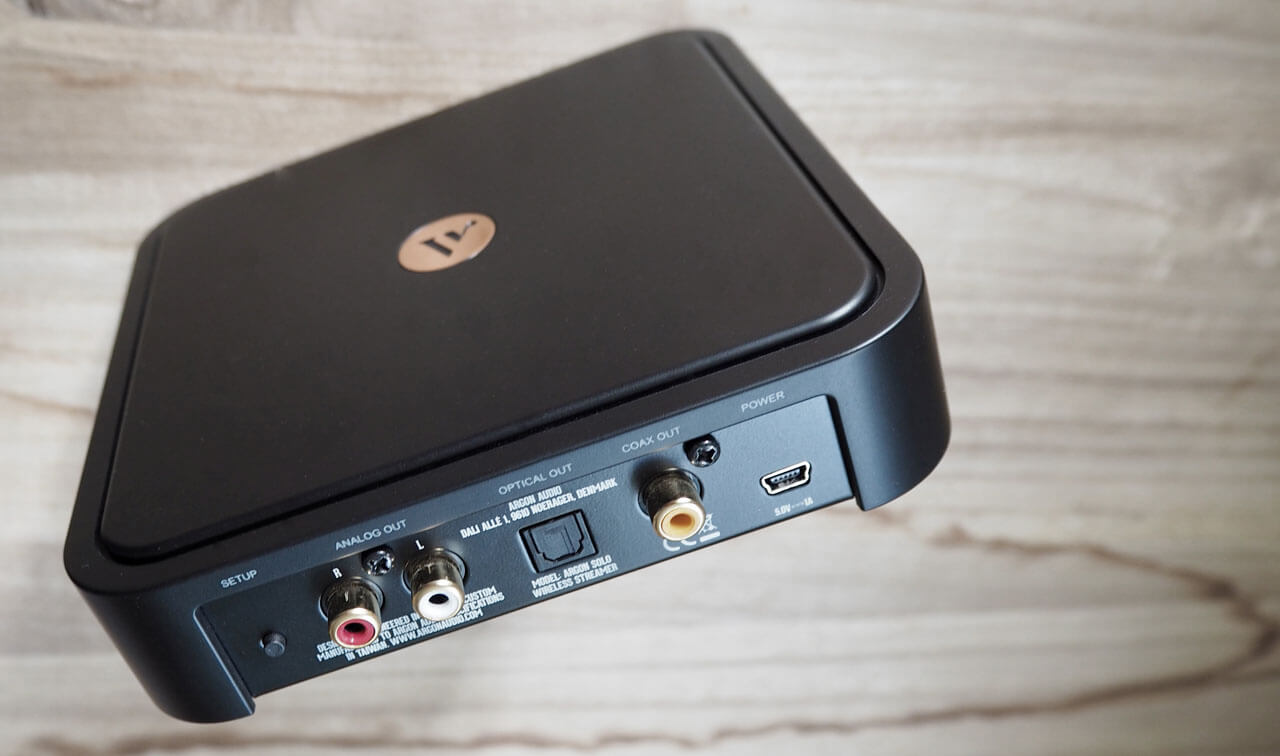
The equipment of the Argon Audio Solo is really fat and not at all solo in terms of software and format connectivity. The most relevant streaming protocols are allowed to knock on the doors of the small audio streamer: AirPlay 2, Google Cast and Spotify Connect are available to users spoiled with multimedia. Like all other streaming services, Tidal and Qobuz can be streamed from the corresponding native apps via Bluetooth, AirPlay or Google Cast. Okay, so far some DIY solutions and Far Eastern “insider tips” will probably keep up, but at the latest with the increasingly popular Roon-Ready seal and the associated options such as EQs and multiroom, they should also admit defeat.
Not to mention the tactile quality and the look&feel: the hand-flattering, satin-finished plastic surface of the Solo feels pleasantly solid, the RCA sockets don’t wobble and the rubberized feet ensure a largely non-slip stand. In addition, there is a signal-to-noise ratio of over 120 dBA may not be modern witchcraft, but it is significant. Argon Audio also promises that the Solo will be continuously supplied with free firmware updates – not an unimportant argument if you consider the digital half-lives.
A warm welcome: dual-band AC Wi-Fi with 2.4 and 5 GHz support
However, Argon Audio does not only throw the extensive compatibility into the balance as a usury pound. The solo streamer is also praised as having a particularly strong reception. Since the device comes without external screw antennas, one could doubt it – but I can confirm the impeccable reception performance of the Argon Audio Solo in the context of my domestic conditions: Where my portable bedroom projector Philips PicoPix Max is slowly having difficulties, for example Prime Video streaming through the wall from the living room and relying on previous downloads to the onboard SD card, the Argon Audio Solo stays cool. Even 192/24 streams from Qobuz via Roon do not cause him any problems. The dual-band AC Wi-Fi with 2.4 and 5 GHz support and so-called diversity antennas should play a major role in this. According to Argon Audio, they are aligned in such a way that they have 360-degree sensitivity without affecting the signal processing inside the Solo. The analog circuits are even “completely radio-free”, promises Argon Audio. The Danes also promise that the Solo will be continuously supplied with free firmware updates – not an unimportant argument if you look at the digital half-lives.
Sound test & comparisons: Argon Audio Solo
The players and opponents
Of course, I also use the Argon Audio Solo on the family members I already mentioned, the Argon Audio Forte A5 – a very sensible and realistic combination. With this setup, an Audioquest Mackenzie RCA cable (1 meter stereo pair for 280 euros) creates the connection, and the JL Audio e110 (2,000 euros) feasts on low-frequency fare on the subwoofer output of the A5. The qualities of the Solo are even more intense To put it to the test, it can be compared, among other things, with my reference combination of the Waversa Wstreamer (900 euros) and the integrated D/A converter module (2,000 euros) of the Norma Audio REVO SC-2 preamp (5,400 euros), which is available via Norma Audio PA-150 stereo power amplifier (5,300 euros) supplying the ATC SCM50PSL (14,580 euros).
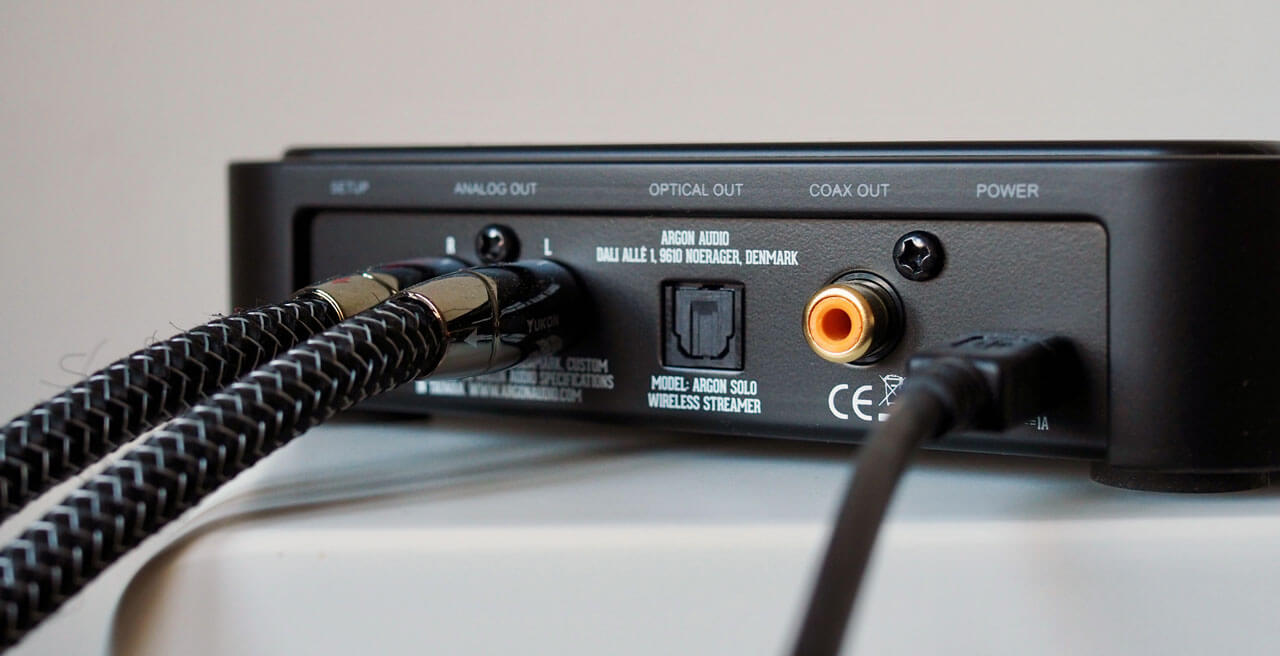
After unpacking, the motto is: let it run. And for a few days at a time, because although the warm-up effect with the Argon Audio Solo isn’t huge, it moves right at the apex from “really good sound” to “that really puts you in a good mood”. If the Danish network player is then over the mountain in terms of sound, it doesn’t cut a bad figure at all, even compared to the Korean-Italian digital duo, which is several times more expensive. But from the beginning:
Everything is relative: active speakers and official streamers
The integration of the Argon Audio Solo into the in-house Forte A5 and my reference combo shows how relatively tonal characterizations are – depending on which level you come from, i.e. on which basis you make judgments.
The Solo proves to the Argon Forte A5 that it clearly tops their Bluetooth connection with a smoother, more lucid bass, finer resolution over the entire frequency range and significantly increased airiness at the top. Drum sheet metal features in “Take Five” on Jazz at the Pawnshop silky, finely textured and have an “aura” (more golden than silvery) – this word would not have come to mind for the direct radio link between the mobile phone and the Forte A5. On the big chain as a source for the Norma audio combo and the ATC SCM50PSL, the solo in the bass also plays fluently and supple, seems “above all” well audible and quite clearly defined, it also shows that it is tonally a touch warmer, So it sounds a bit more full-bodied in the bass and more reserved in the treble, and is not quite as differentiated as the very neutral Waversa/Norma combo. Sparkling drum sheets lose – again relatively speaking – a little of the glittering conciseness that the Norma-DAC can come up with when required.
Nevertheless, the bottom line is that the differences in quality are clearly smaller than I would have expected given the twelvefold price difference. The Argon Audio Solo comes almost within striking distance of the two streamers Bluesound Node (600 euros) and Limetree Network II(around 1,000 euros): In the basic tone, the Argon Audio is as organically agile and substantial as the Limetree, and voices come out as clearly and with similarly finely granulated midrange details as with the Bluesound: lip and tongue noises, swallowing, nasality and friction , the Argon works out all of this perfectly clearly. The Bluesound can just keep the Solo at bay with its better high-frequency resolution, and the Limetree Network II also hits the drum even more powerfully in terms of gross dynamics, appears snappier, crisper and the low bass is more controlled.
Confidently audiophile
At the same time, the Argon Audio Solo remains composed, balanced and confidently relaxed at all times – and is therefore pleasantly audiophile. Excitement without a musical reason is not his thing – the D/A converter in the Magnat MA-900 , for example (driven from the digital output of the solo streamer) gives rock music a more involving drama and an almost theatrical verve. The solo, on the other hand, keeps a better overview and can be heard from tonally dense, complex matter such as in the Squarepusher remix of the track “F Maj Pixie” by GoGo Penguin (Album: GGP/RMX) not upset. With the Argon Audio Solo, one listens to the intense electro-structure rather calmly than – assuming a corresponding playback chain – one is overly monopolized.
Lead: the space
The Argon Audio Solo delivers perhaps the most impressive performance in terms of spatiality. On the one hand, it proves this on my large chain, where it is not too forward-looking at the level of the Bluesound from just behind the speaker base, but otherwise perfectly in all dimensions – even if it is particularly low-pitched instruments such as double basses not so three-dimensional sculpted onto the soundstage like the Waversa and Norma.
The sound improvement from this point of view is again clear in the interaction with the Argon Audio Forte A5: The A5 are already quite capable of imaging surge converters anyway, which probably nobody would believe of them due to the moderate price tag. Unfortunately, the A5 cannot reveal its full potential in my bedroom due to the fact that it is placed very close to the wall with a relatively small base width of 1.5 meters. But with the solo and high-resolution streaming via Roon/Qobuz, the small compacts surprisingly open up a space that is beautifully separated from the drivers and drifts deep to the rear. A quality that I found so amazingly grown-up in the A5 test in my living room, and that I had previously missed during late-evening listening sessions in bed. Ergo:
Conclusion: Argon Audio Solo
What the Argon Audio Solo delivers in terms of sound is at a level that I would hardly have believed streaming players under 500 euros capable of. The Solo isn’t the most dynamic brawl or the most analytical detail freak, but rather scores with a perhaps minimally distanced, but mature, relaxed and sovereign, distortion-free, clean and spacious gourmet sound. Its equipment is quite extensive, if not complete, with Bluetooth, AirPlay and Roon Ready. Feel, workmanship and design are excellent for the money. In addition, I didn’t have a single problem while working with the Solo: All connections worked immediately, there were no wifi wobbles or even dropouts.
The Argon Audio Solo is a real price-sound recommendation not only as a supplement and upgrade of existing Argon Audio components on this course.
Facts:
- Model: Argon Audio Solo
- Concept: volume adjustable streamer/network player
- Price: 250 euros
- Color finishes: white and black
- Dimensions and weight: 14.7 x 3.6 x 15.0 cm (WxHxD) & 0.6 kg
- Compatibility : Roon Ready, AirPlay 2, Chromecast built-in, Spotify Connect and Bluetooth 5.0 (AAC), Multiroom via AirPlay 2 and Chromecast
- Resolution: 24-bit/192kHz via Roon, 24-bit/96kHz via Chromecast, 16-bit/44.1kHz via AirPlay 2
- Inputs: WiFi, Bluetooth
- Analog outputs: RCA
- Digital outputs: TOSLINK, RCA (cinch)
- Power consumption in operation/standby: 3 watts/2 watts
- Miscellaneous: Roon ready, auto on/off, automatic source selection, automatic firmware update
- Guarantee: 3 years


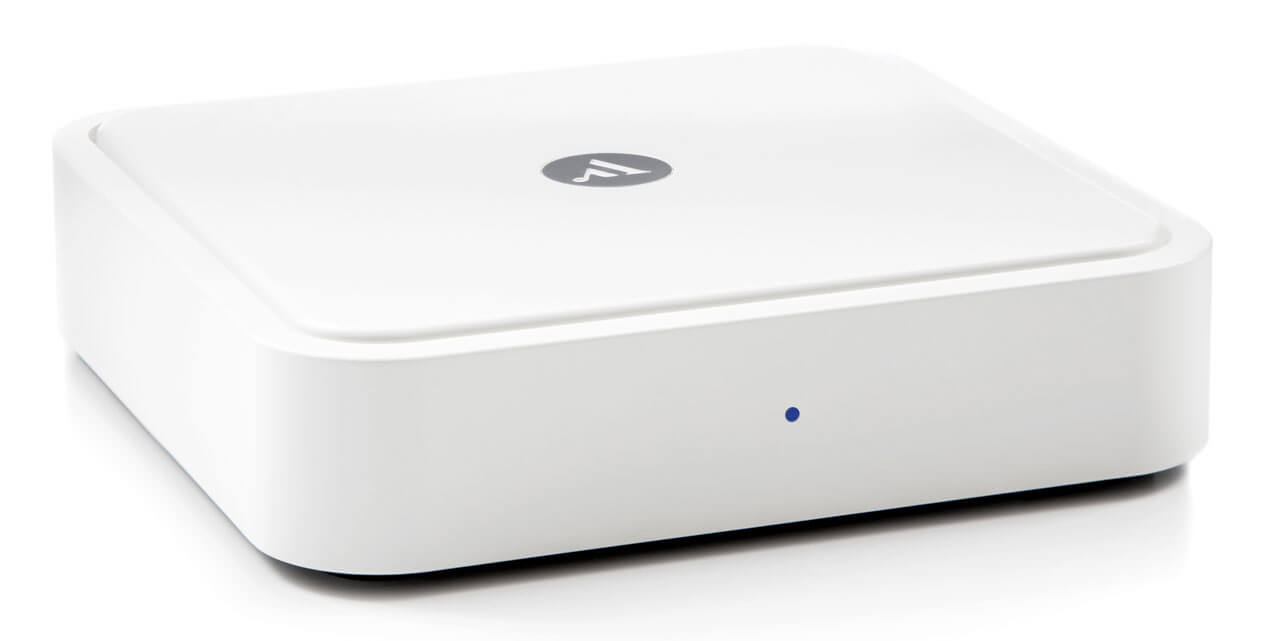
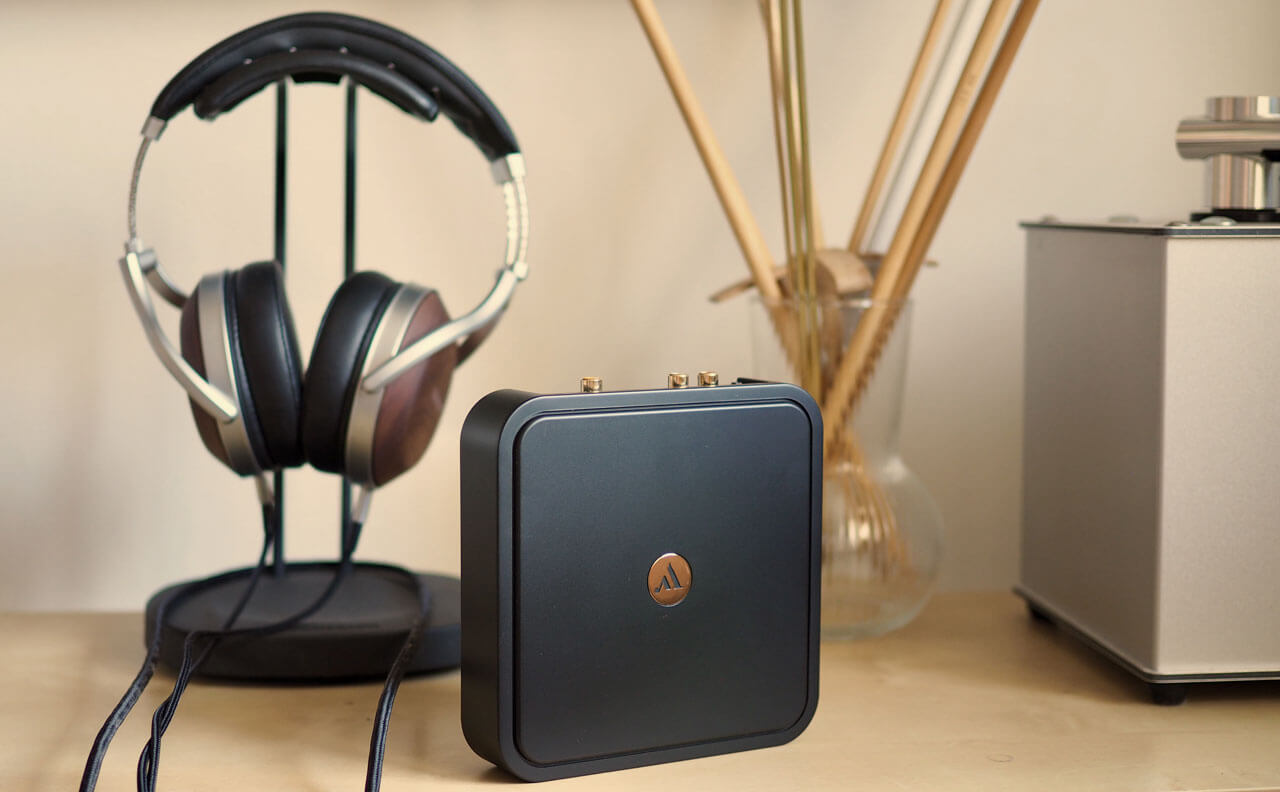
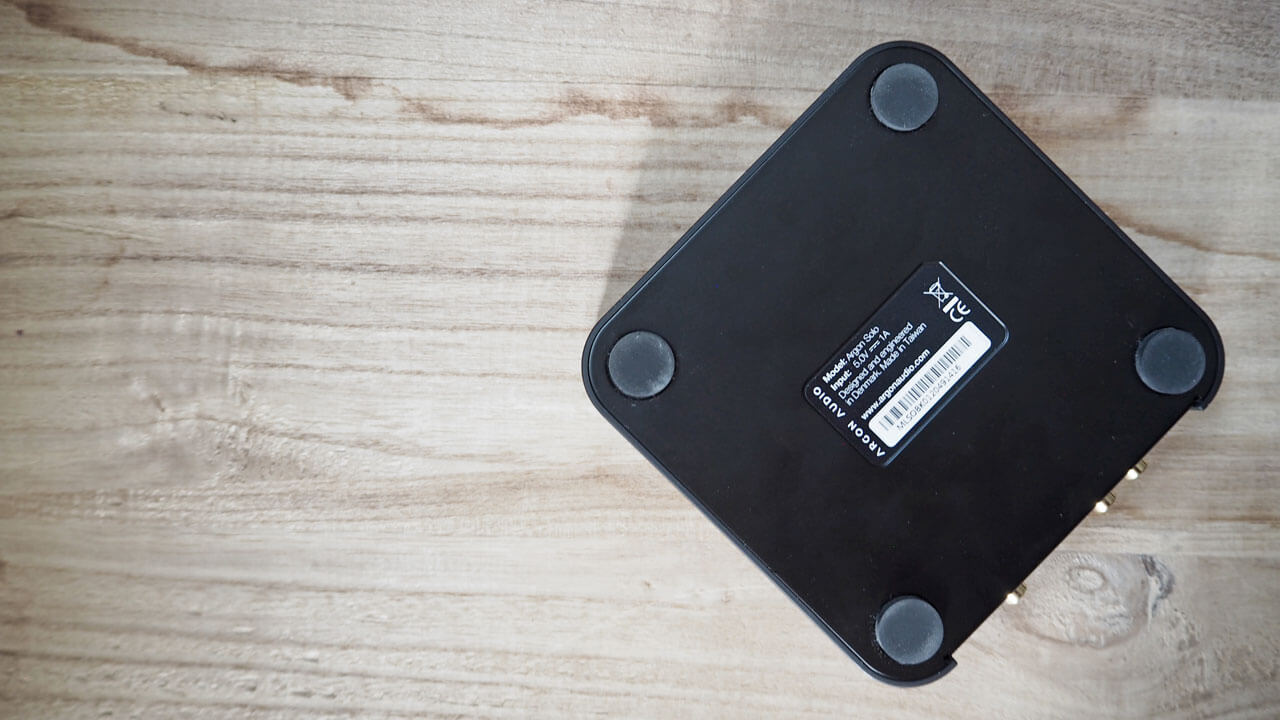
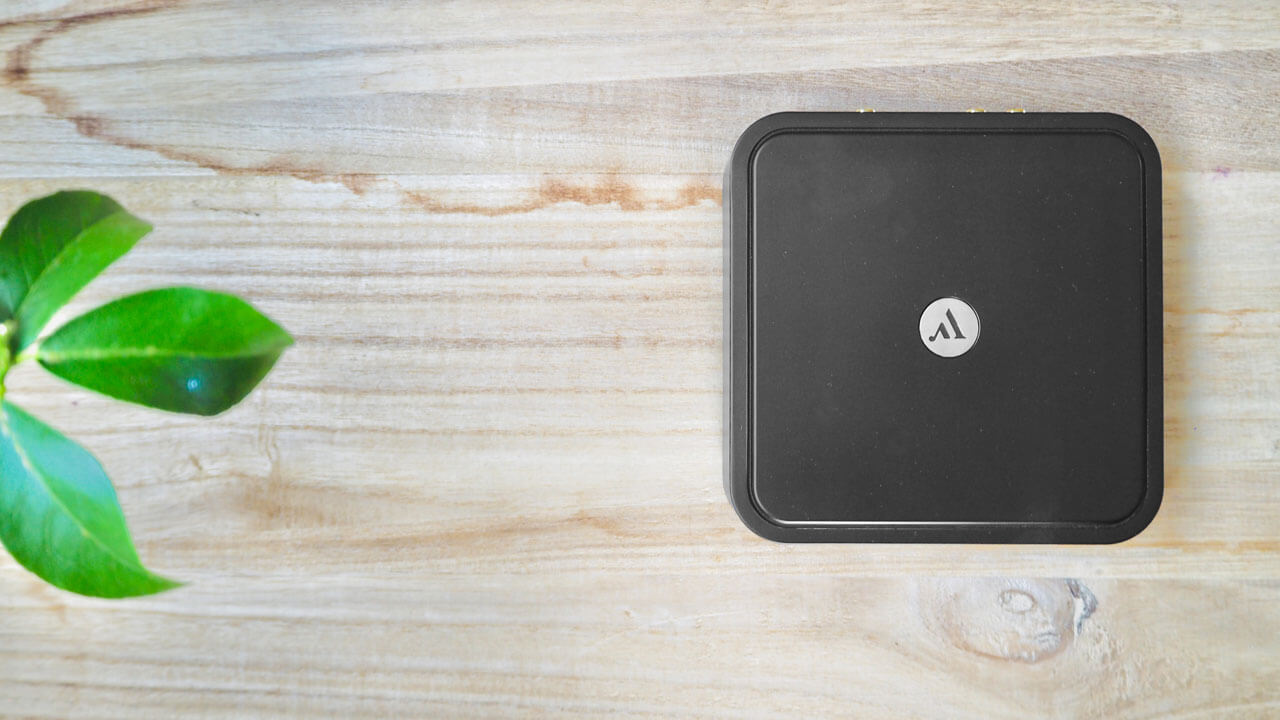

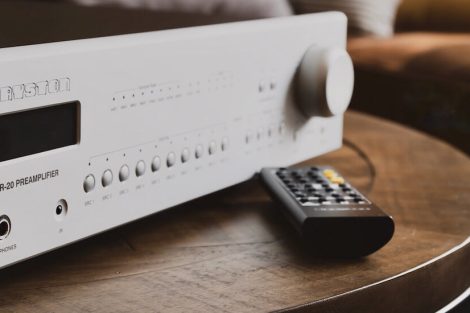
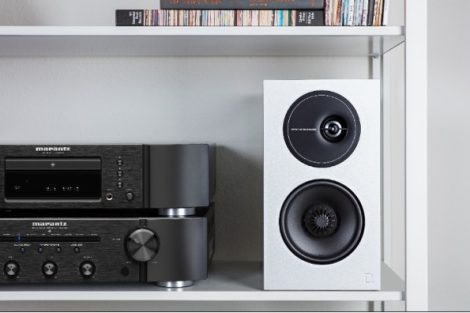
Add Comment